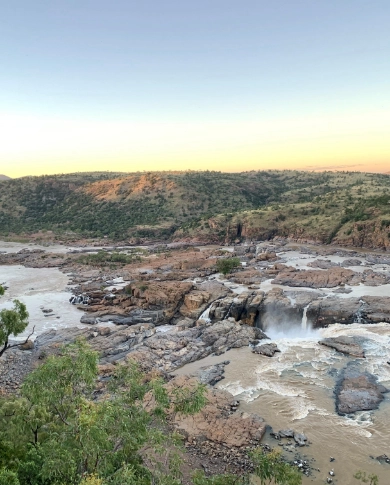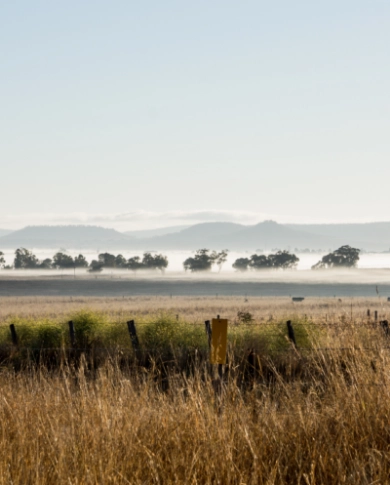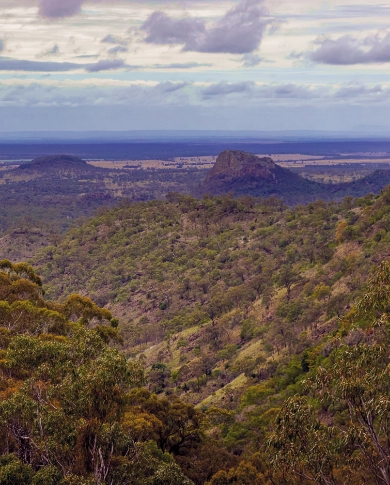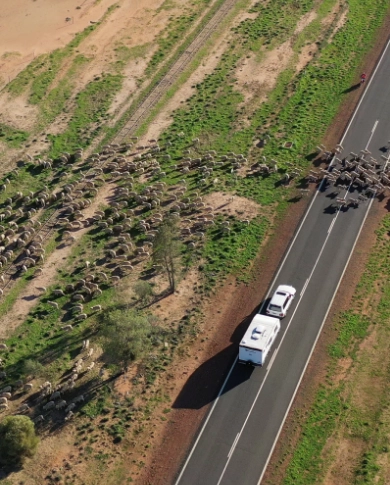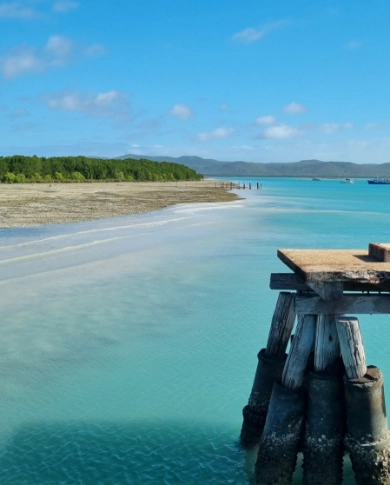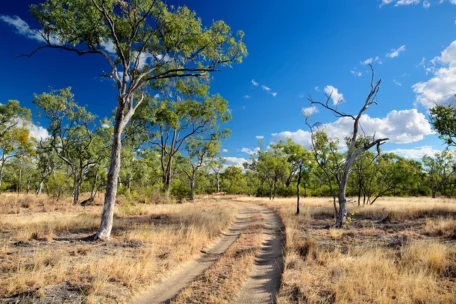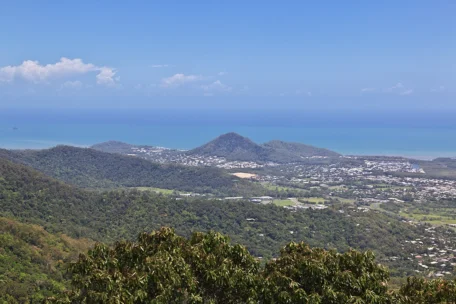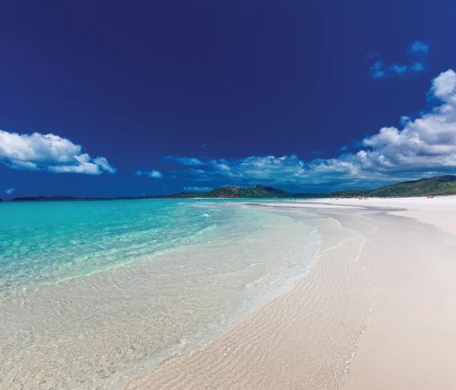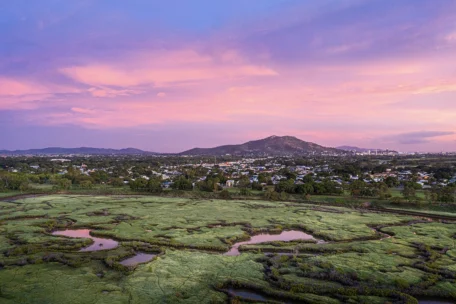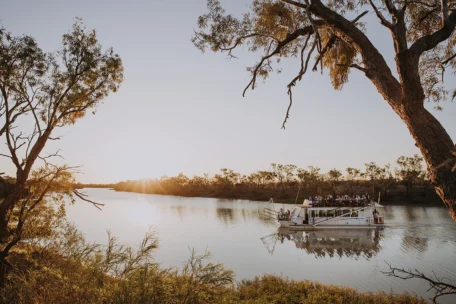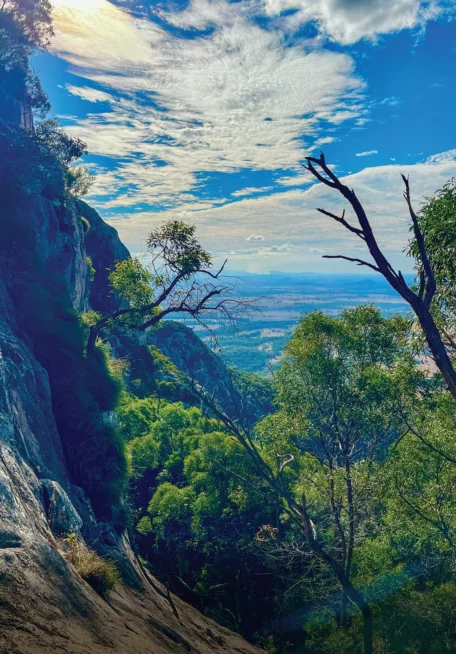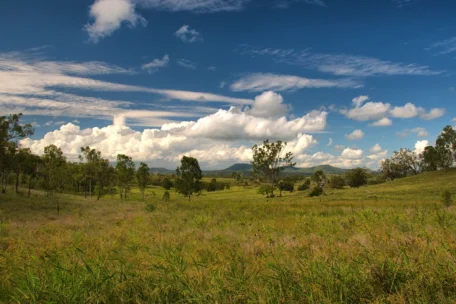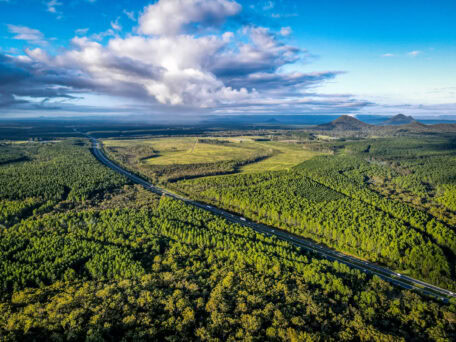Building drought resilience so our regions can thrive into the future

What is the purpose of drought resilience planning?
Regional drought resilience planning enables stakeholders to identify vulnerabilities and develop strategies to reduce risks and potential impacts – building resilience across four key areas.
- People, culture and community
- Infrastructure and built environment
- Landscape and natural environment
- Economy
Our approach and engagement processes encouraged community and regional stakeholders to express their own observations of drought and resilience. We have combined the ‘local’ with ‘outside’ definitions to produce the regional understanding that underpins our planning and identifies drought impacts, risks and pathways to resilience.
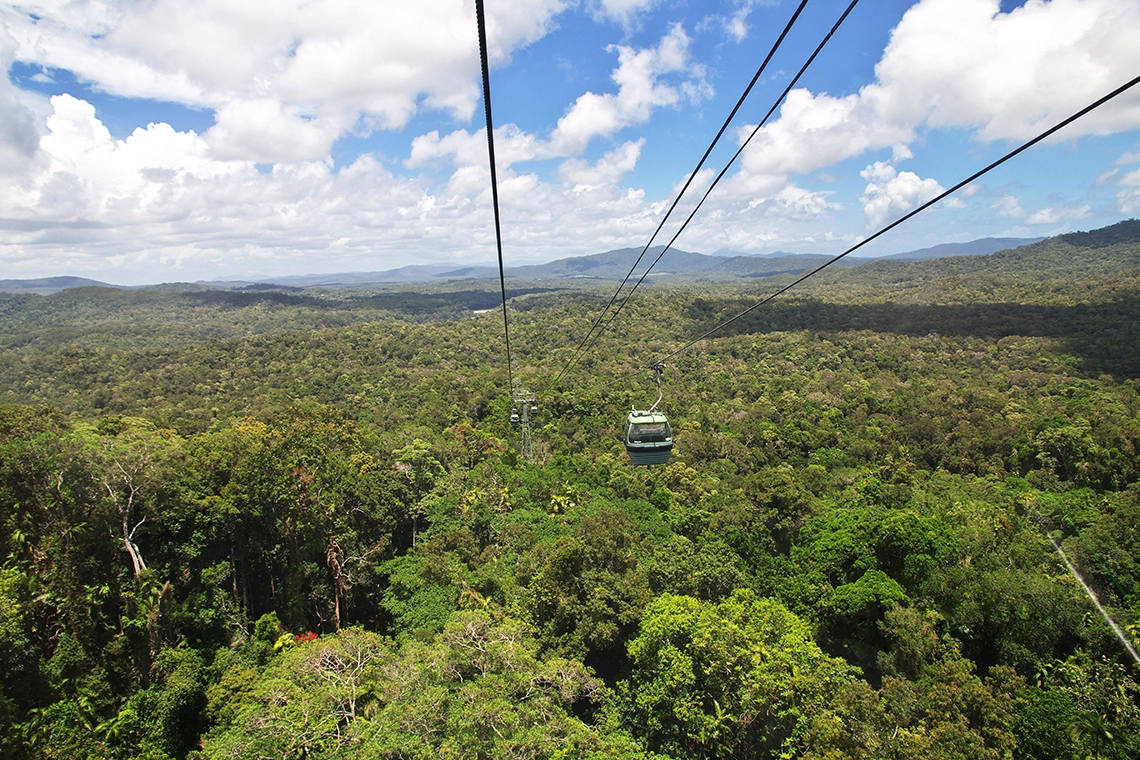
Queensland RDRP elements of drought resilience
View Regional Drought Resilience Plans
Our vision for drought resilient regions
The components of drought resilience plans focus on three key pillars to plan and monitor, respond to drought events and build resilience to limit future impacts.
Pillar 1
Planning and monitoring
Plan for drought responses, implement drought monitoring and early warning systems
Pillar 2
Respond to drought events
Manage responses during drought by dealing with impacts, vulnerability and risk
Pillar 3
Build future resilience
Implement resilience measures to limit future impacts of drought and better respond to drought
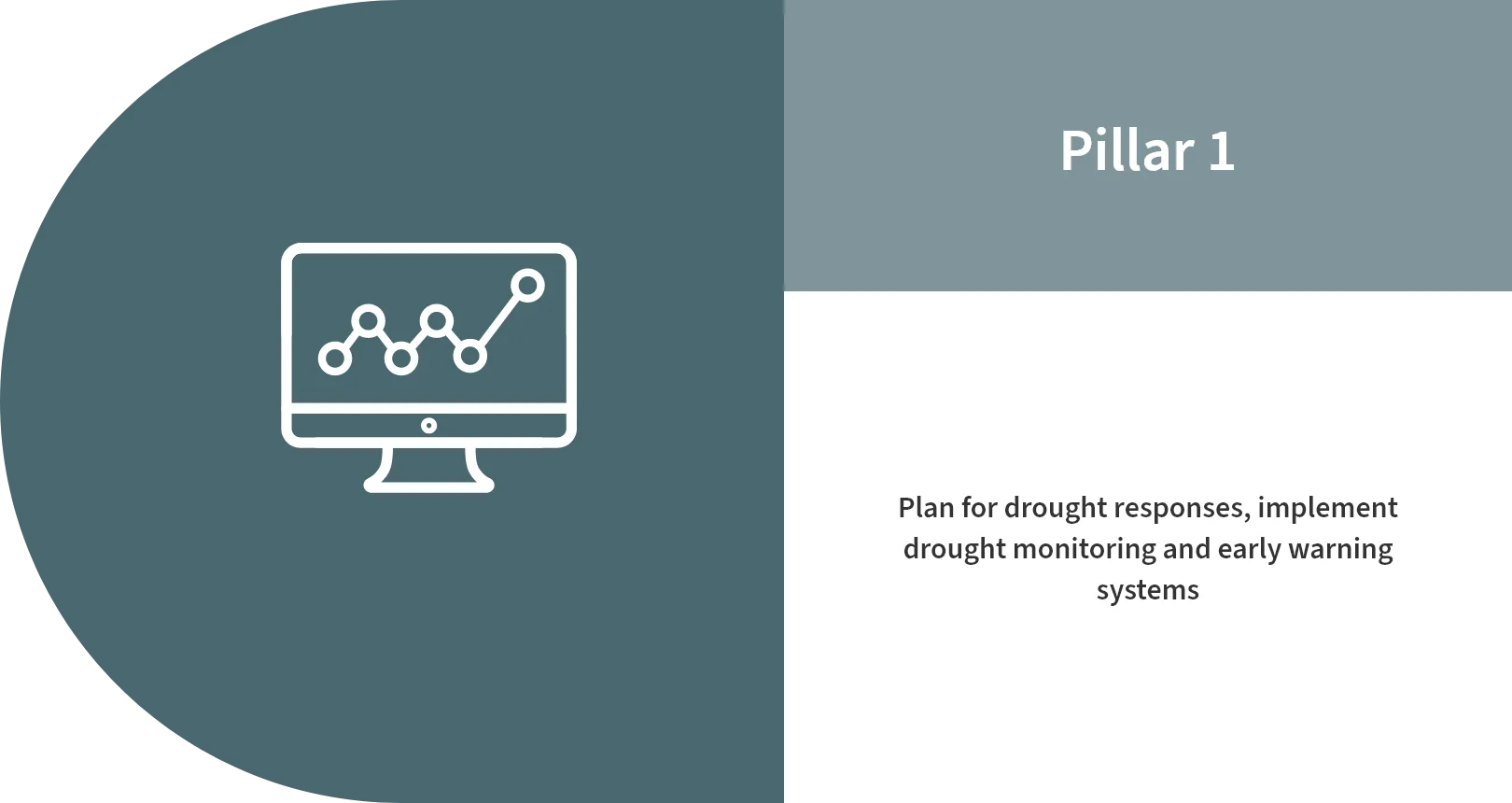
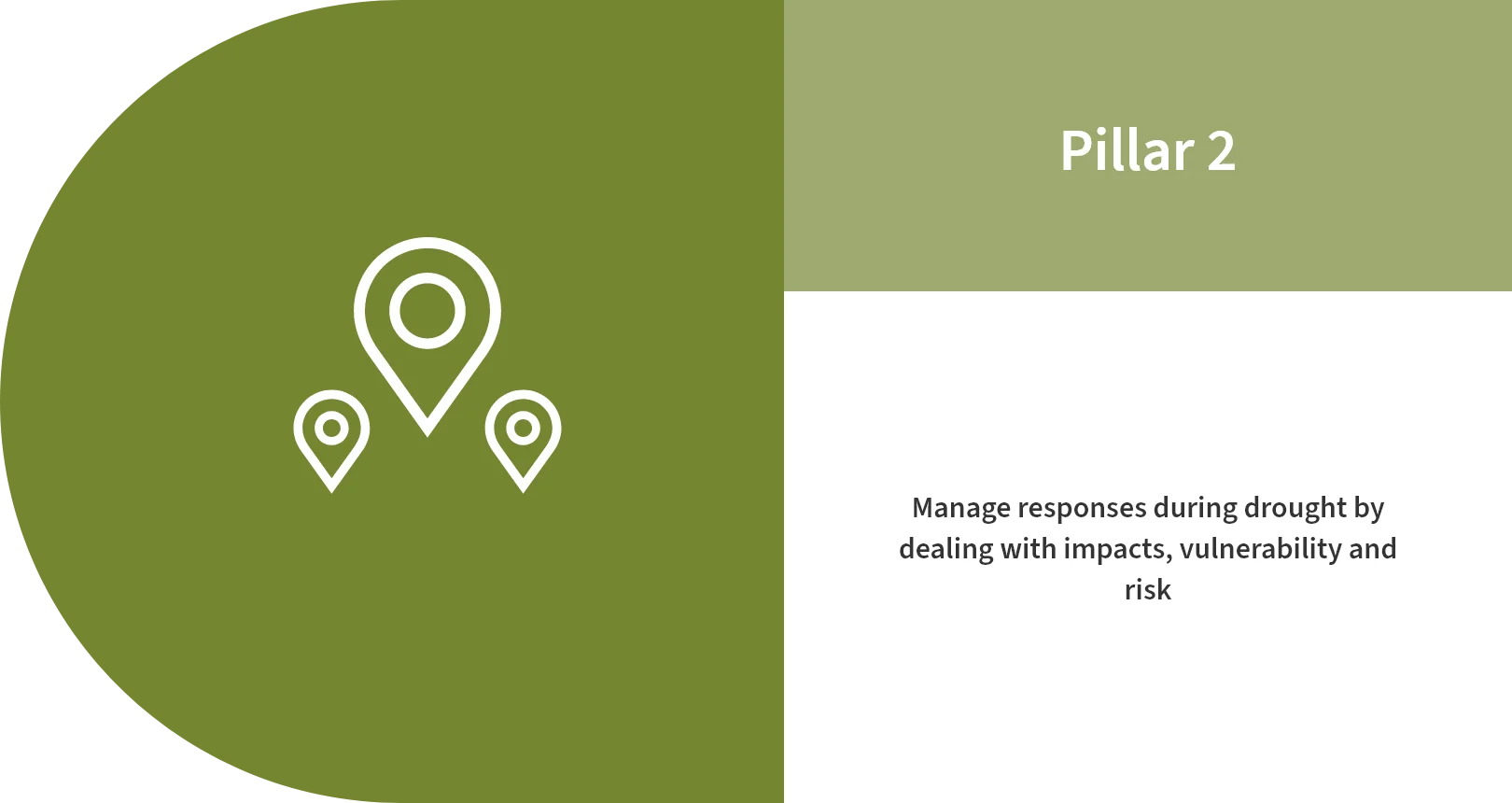
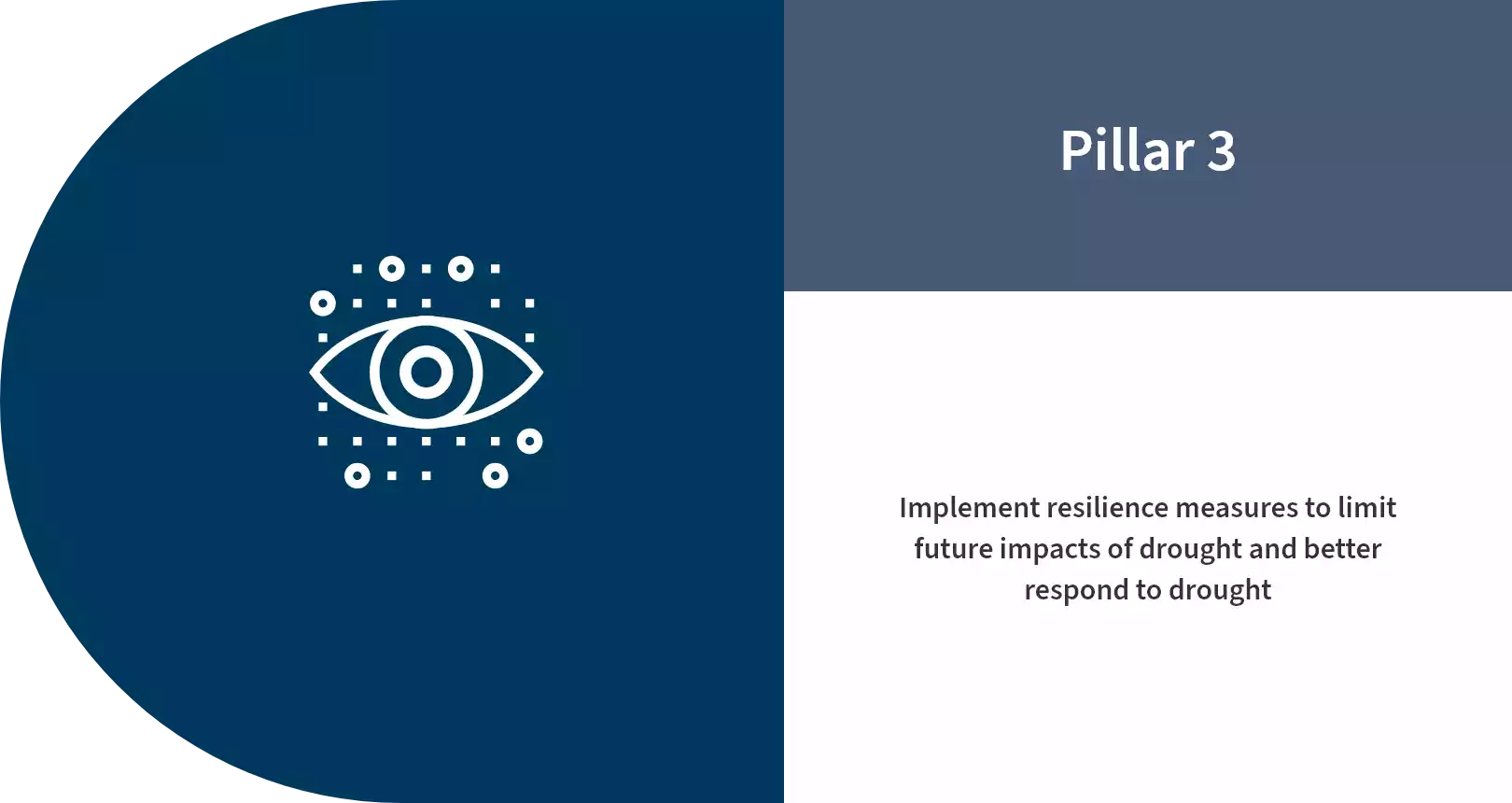
Discover more about the regions
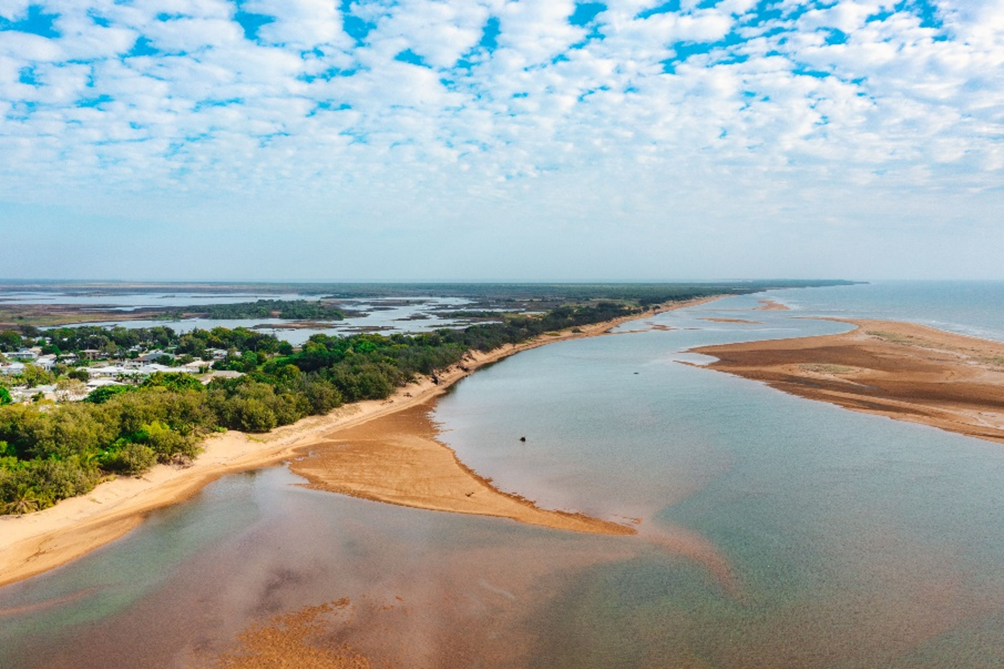
Burdekin and Charters Towers

Burnett

Central West
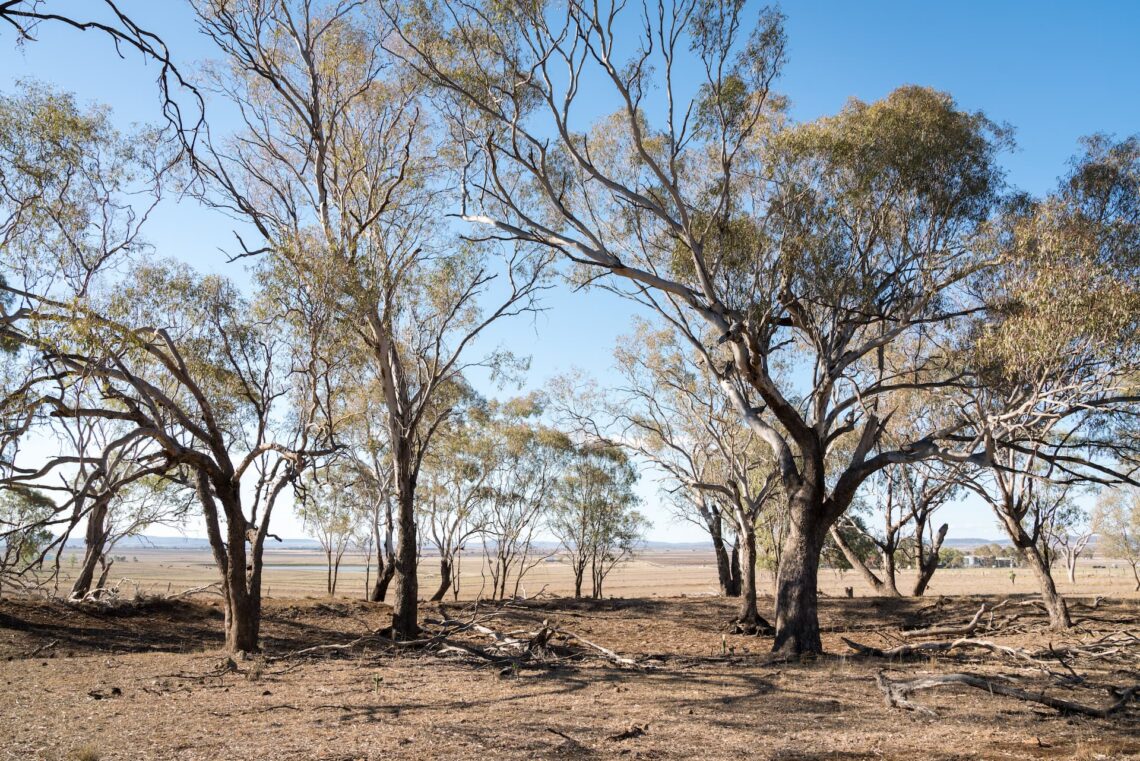
Darling Downs
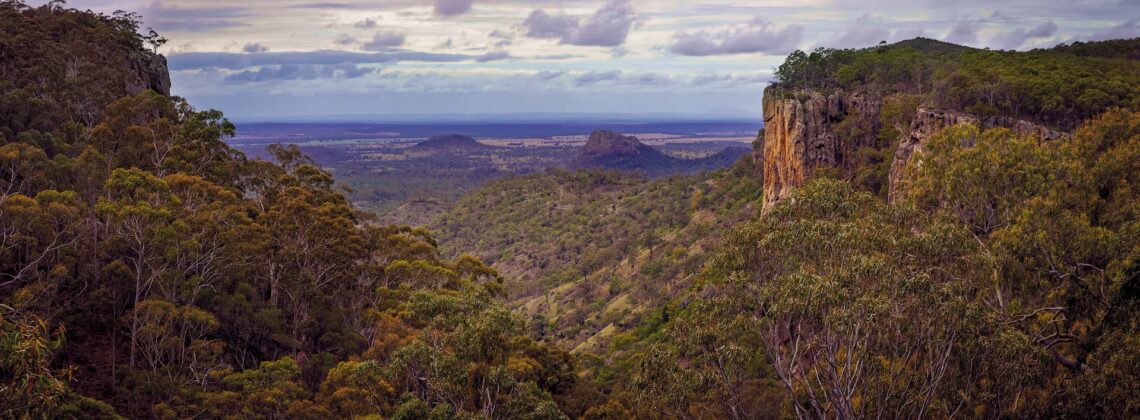
Fitzroy and Capricornia

Gulf Hinterland
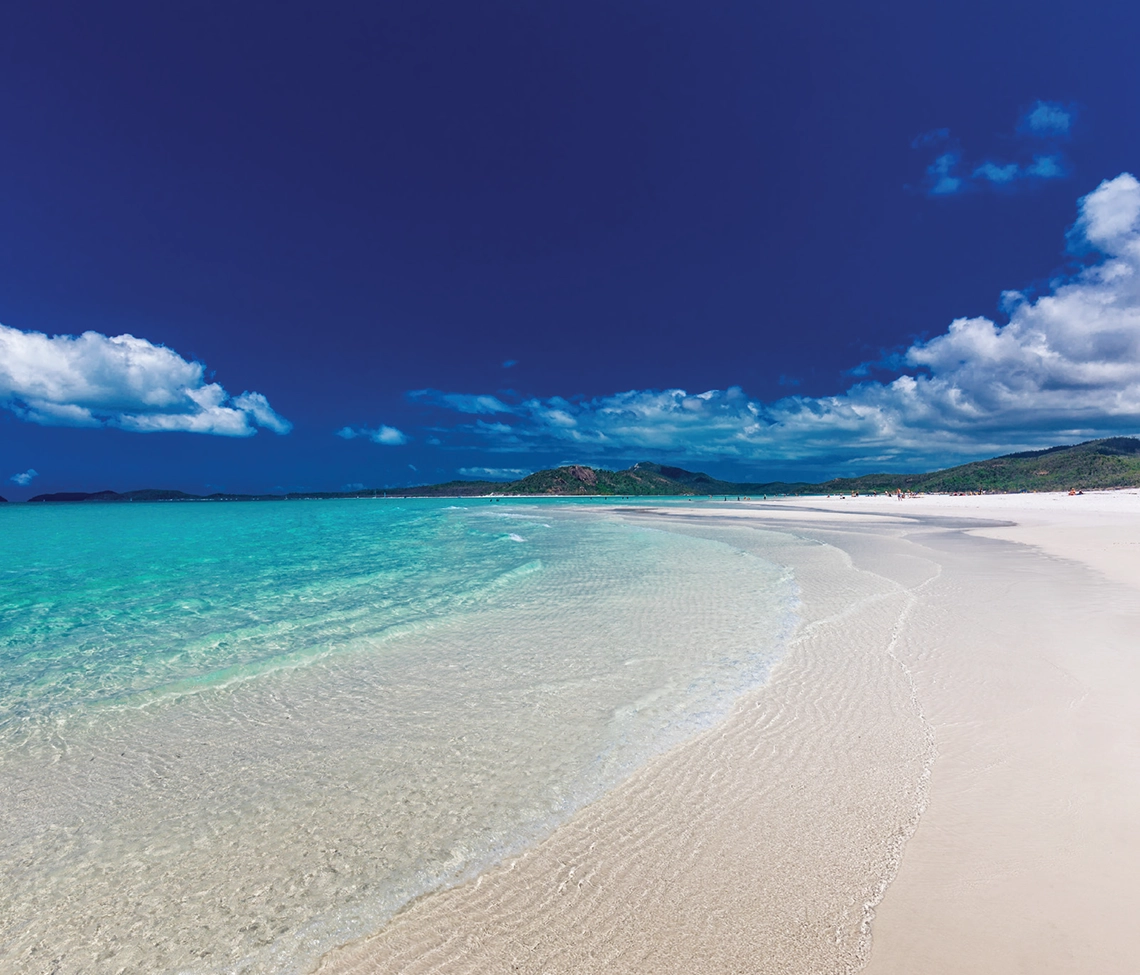
Mackay, Isaac and Whitsunday (Greater Whitsunday)
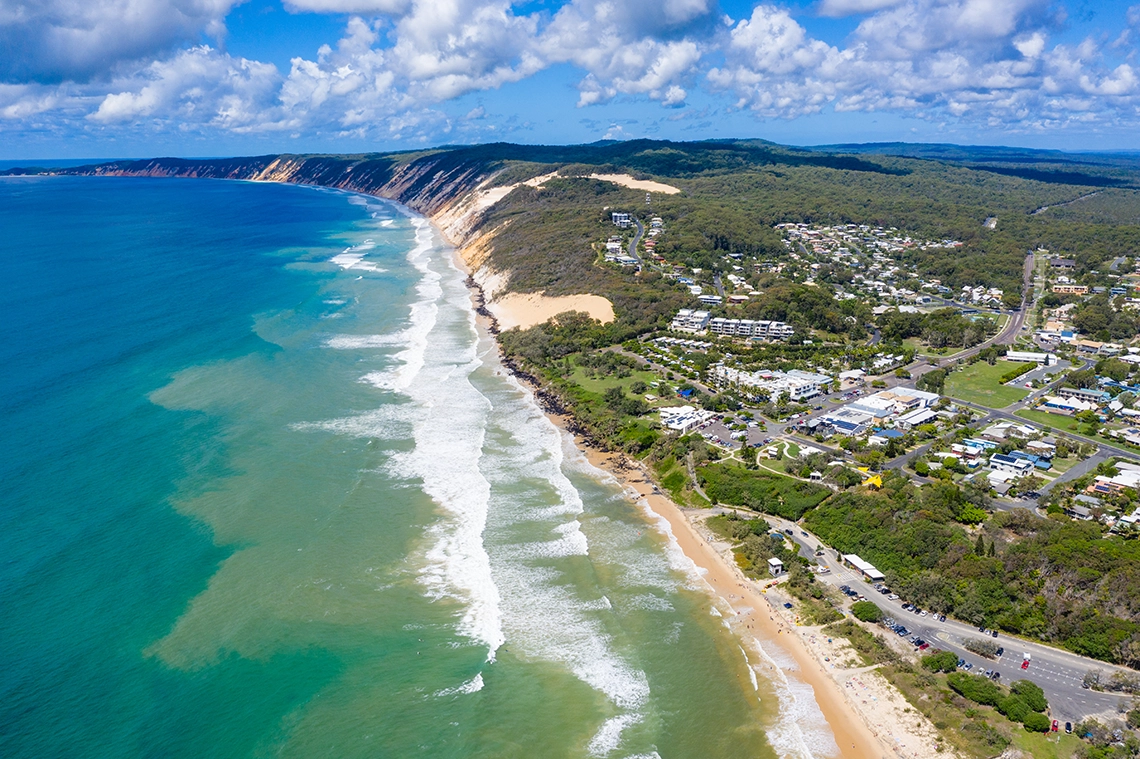
Mary

North West
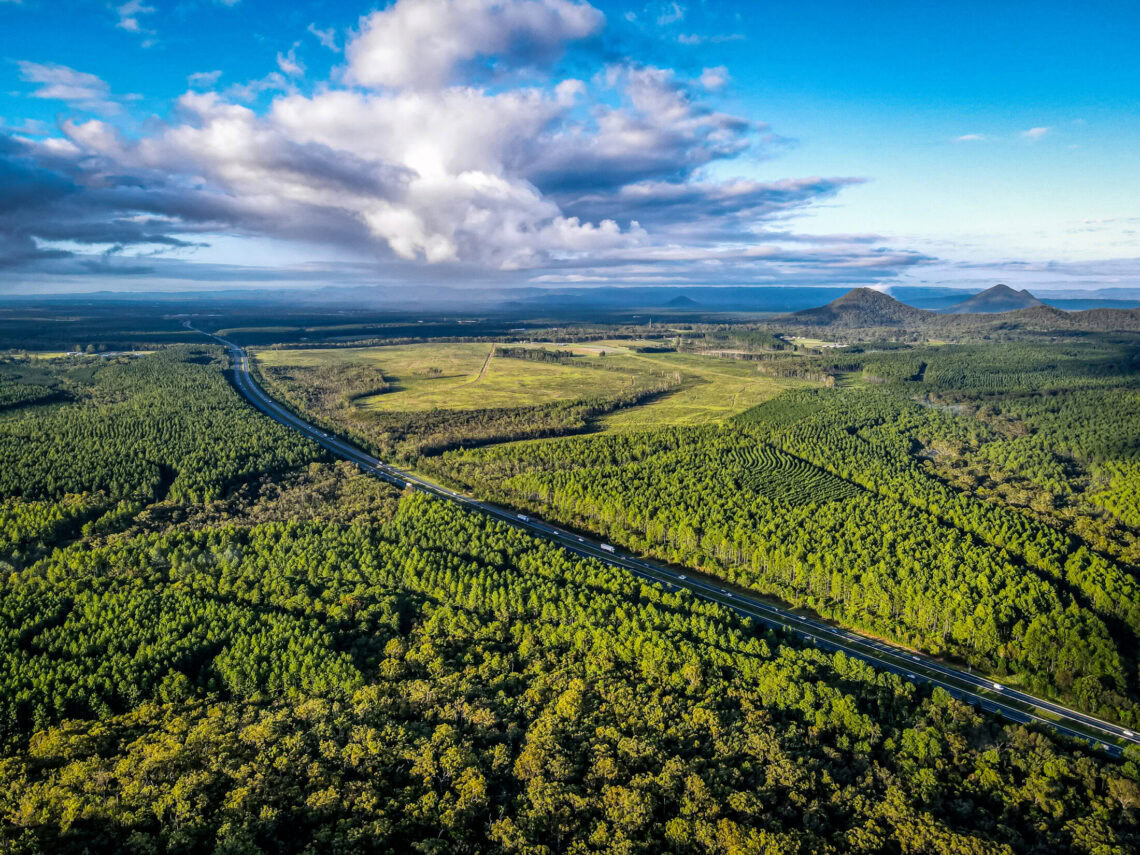
South East Queensland
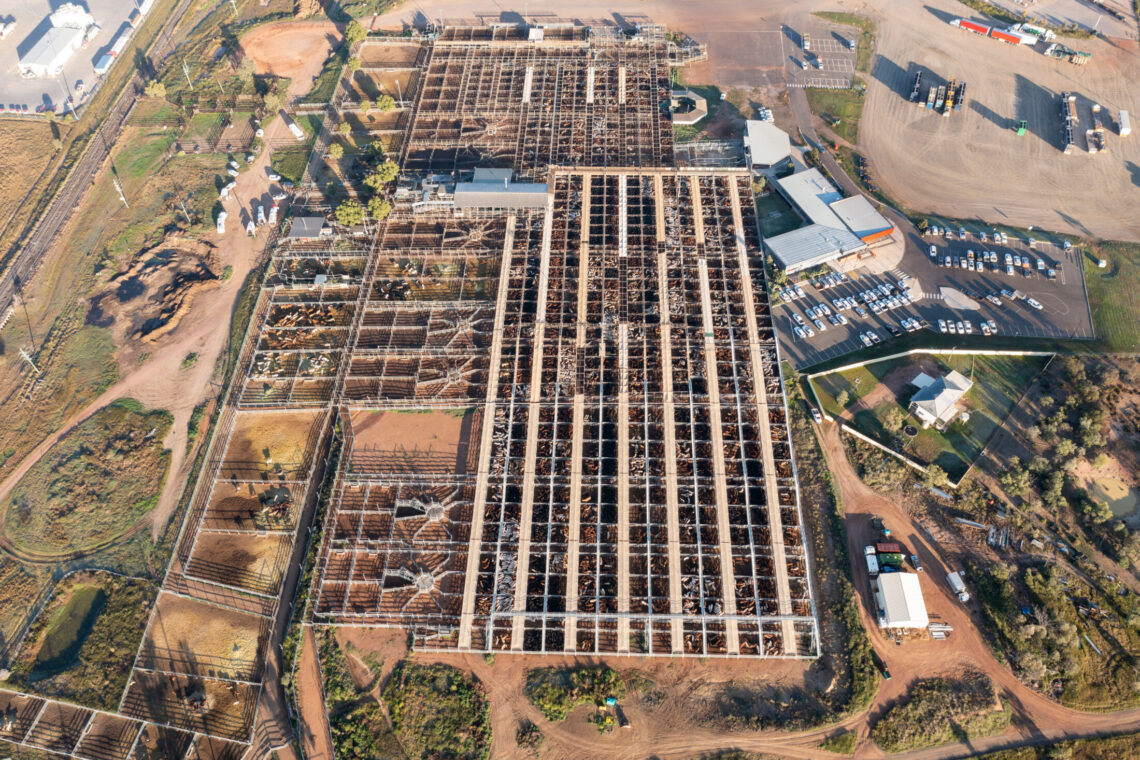
South West Queensland
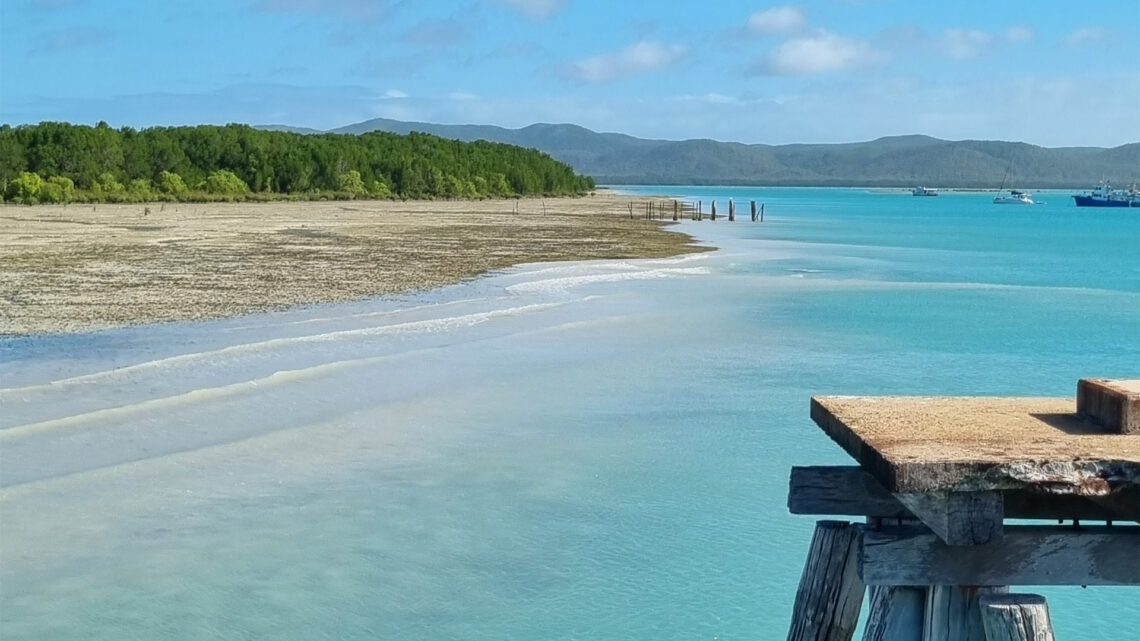
Torres Strait and Cape York

Townsville and Palm Island

Wet Tropics
Quotes from the communities
During our engagement we listened to the views of community members and stakeholders.
The big issue for rural people with drought or any kind of natural disaster is stigma – weakness of not being able to cope with the situation and the risk of being the one that lost the family farm.
Sean Winning TRACC
Greater connectivity has additional economic and social benefits including liveability, worker attraction, connectivity to health, education, and financial services.
Casie Scott NBN
Drought resilience will result in a regional Australia that can endure deeper, longer droughts, and recover from them sooner.
Community member
We have gone through this before!
Local Aboriginal Elder
People need to know what is available. A local extension officer is vital. People need to know them and trust them. They are the eyes and the ears of a community.
Community member
Look at better ways in managing the land to rely less on water supplies and ensure that we are utilising what we have to its full potential.
Community member
Water is integral to Aboriginal culture and belief systems.
Community member
keep building the infrastructure and don’t get complacent because times are very good now…
Community member
One of the key issues for future growth surrounds access to water, and the availability of water for new intensive agriculture developments…
Western Downs Mayor
Drought resilience will result in a regional Australia that can endure deeper, longer droughts, and recover from them sooner.
Community member
Learn from the past, don’t overstock, set up good water Infrastructure and keep in mind to sell early.
Nev Ferrier
Increase in livestock, fish stock, and crop losses as a result of the exacerbation of drought conditions may result in significant consequences for already strained business owners and communities.
Community member
there is much to learn from country dwellers and their capacity for innovation and creativity.
Jean
Suicide is the 4th highest cause of death amongst Western Queensland males – males [in this region] had the highest rate of death from suicide compared to all PHNs (2.18 times the rate compared to Australia-wide).
Western Queensland Public Health Network
Substantial impacts to the agricultural community and wider sector are almost certain due to the impact of sustained elevated temperatures on crops, livestock, and the exacerbation of pre-existing drought conditions and underlying bushfire risk.
Queensland State Heatwave Risk Assessment
Through the RDRP engagement there was a realisation that there is a vulnerability or exposure to the impacts of drought, especially when it comes to issues around water security and increased risk of wildfires.
Community member
Drought is very different here in Cape York than it is down south. Long dry spells or prolonged dry seasons is the language used… not specifically the word ‘drought’.
Community member
Resilience is in having healthy country and if the country is sick then you have a sick community. Country can’t be healthy unless it is lived on. The country needs people on it to see it, observe it and protect it…
